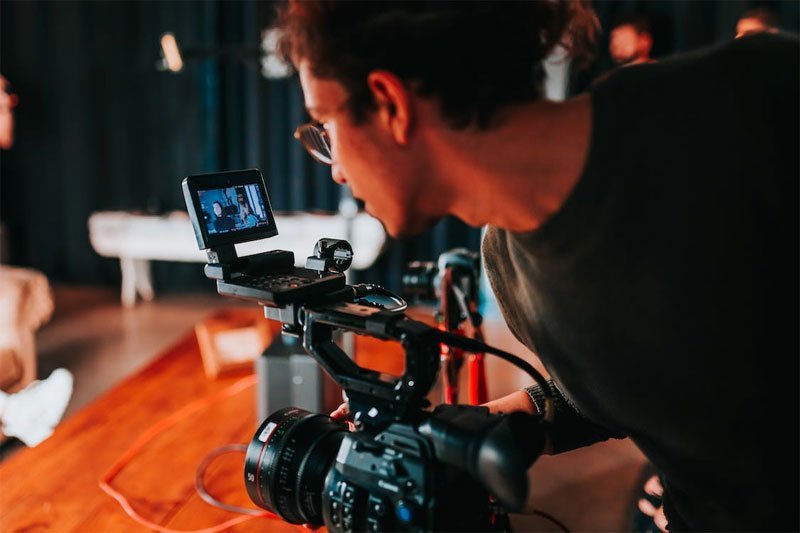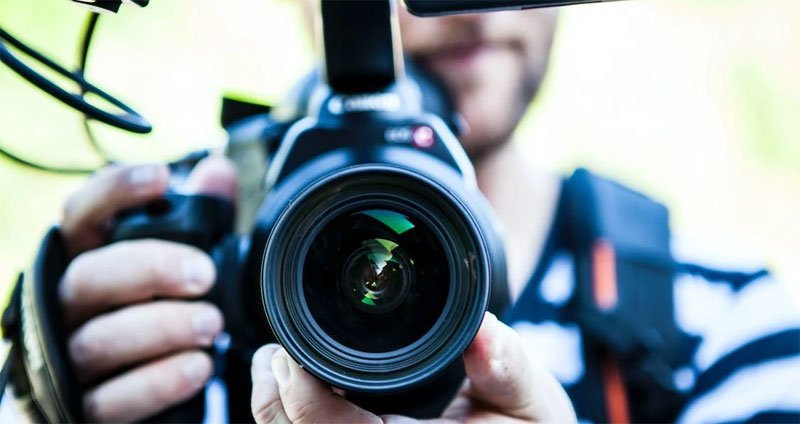Videographers and photographers will love using QR (Quick Response) Codes for a variety of reasons. The choice between dynamic and static QR codes depends on your intended purpose and the flexibility they need. Here’s a breakdown:
Static QR Codes QR Codes For Photographers
Static QR Codes are non trackabvle or editable QR Codes that once created will last forever. It is important to check your static QR Code generator as many companiers will use them as lead generators and Free may mean for just a period after which they charge you.
The way to check this is to create the qr code then scan it and if the url or info you added is in the qr code then you are safe. If it has a short url etc then probably not a true static QR Code
Single Use:
Once you have created QR Codes For Photographers, the data inside your static QR code cannot be changed. For example, if it directs to a webpage, you can’t later modify it to point to a different page. If you are bcreating a VCard or wifi password it cannot be changed. It has to be redone and a new QR Code created.
QR Codes For Photographers can use this for adding QR Codes to the reverse side of their work, on frames etc and it will promote your work all the time.
Durability:
QR Codes For Photographers are ideal for long-term uses where the information won’t change, such as on business cards, print portfolios, or photo labels.
No Expiry:
Static QR codes do not expire and don’t require an ongoing subscription or management.
Uses for Videographers/Photographers:
-
- Printed on business cards to direct potential clients to their portfolio.
- On wedding invitations to lead guests to a website with event photos.
- Inside photo albums or books to give access to digital copies or additional multimedia content.
- Back of photos for add agencies
Dynamic QR Codes QR Codes For Photographers

Flexibility:
The URL or content can be changed without altering the QR code itself. This makes them more adaptable to evolving needs. There is a cost involved so mainly for short term projects like a photo show or demonstration.
Tracking:
Dynamic QR codes come with tracking features, allowing users to measure the number of scans, very general locations, and even the type of devices used. This is great for marketing and understanding user engagement.
Expiration Control:
You can set them to expire after a certain number of scans or a particular date. This can be useful for limited-time promotions or exclusive access.
Uses for Videographers/Photographers:
-
- On marketing materials for seasonal promotions. The same QR code on a poster could lead to a summer sale one month and a winter special a few months later.
- For events or exhibitions, where they want to swap out the content or provide updated information without reprinting materials.
- To provide exclusive or time-sensitive access to certain content, like a sneak peek of a new project.
- On physical prints or products, so customers can scan to view related videos, behind-the-scenes footage, or other complementary content.
Common Uses for Both QR Codes For Photographers
Ease of Access:
QR Codes For Photographers can direct users to a specific website, video, portfolio, or any digital content, providing a seamless transition from physical to digital.
Interactivity:
By scanning the QR code, viewers can access additional content or interactive features related to the photo or video, enhancing the experience.
Marketing and Promotion:
QR Codes For Photographers can link to promotional materials, special offers, or sign-up pages, helping photographers and videographers expand their clientele or reach.
In conclusion, whether to use a static or dynamic QR code largely depends on the intended application and how long the user expects the content to remain unchanged.

